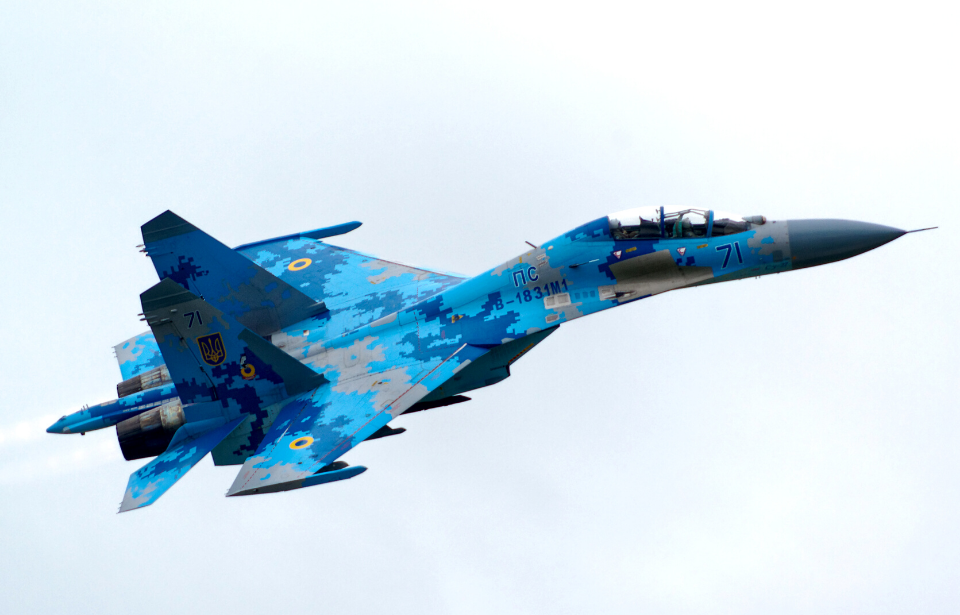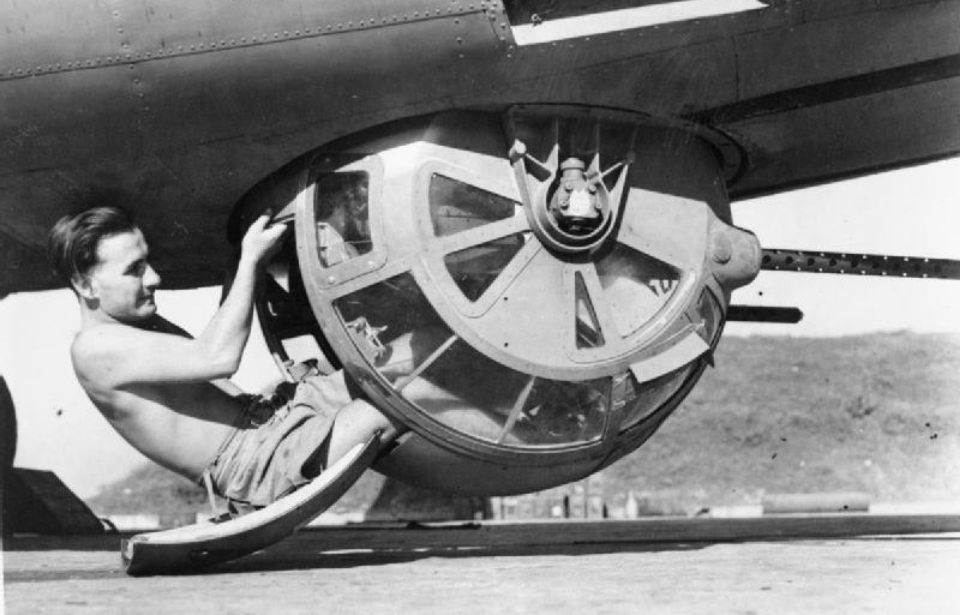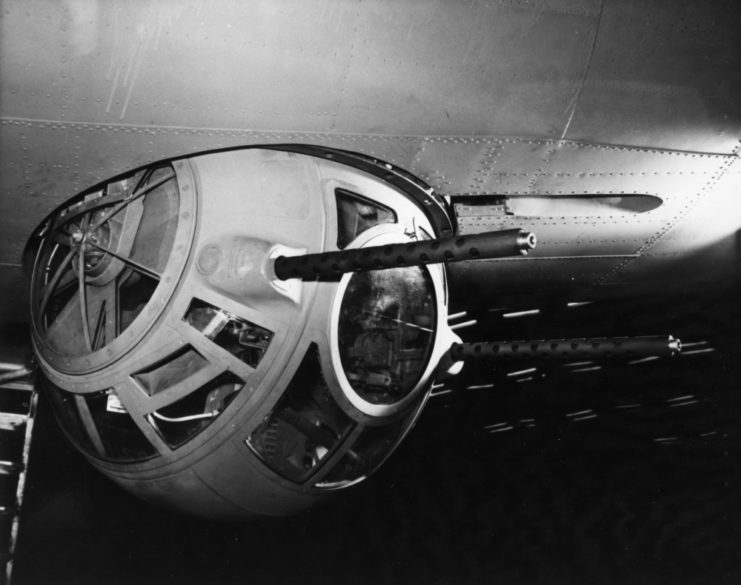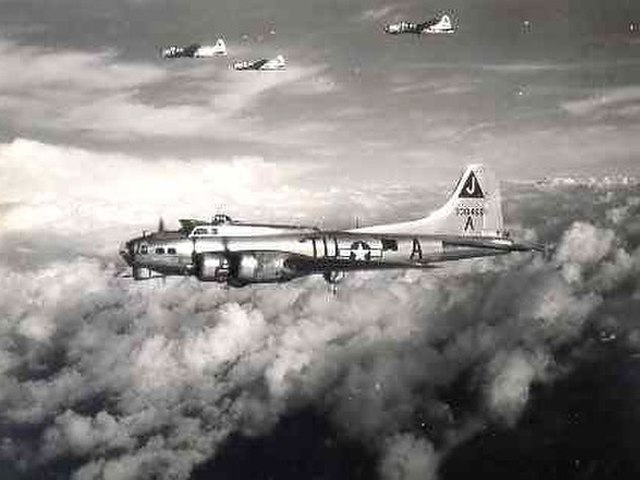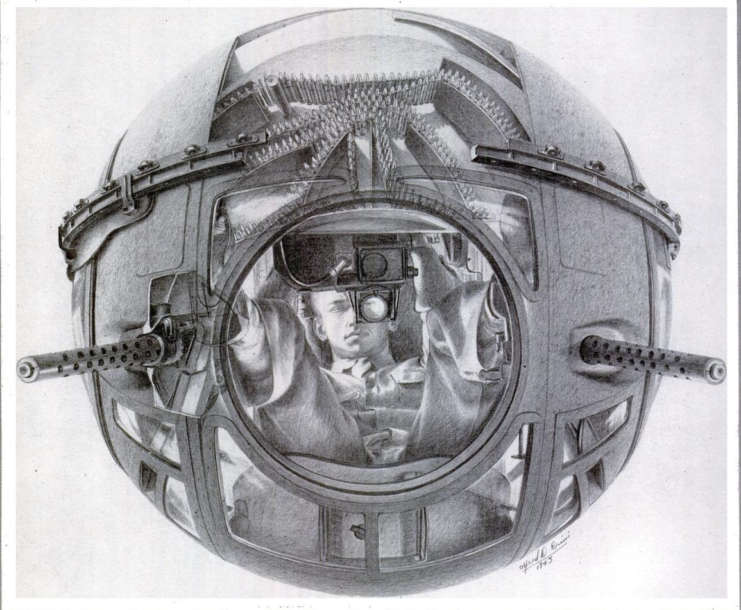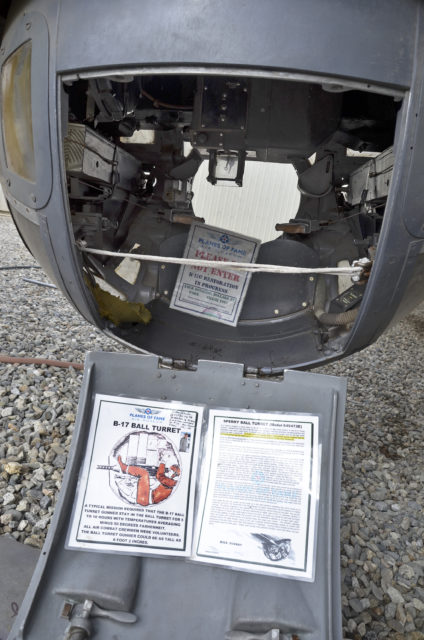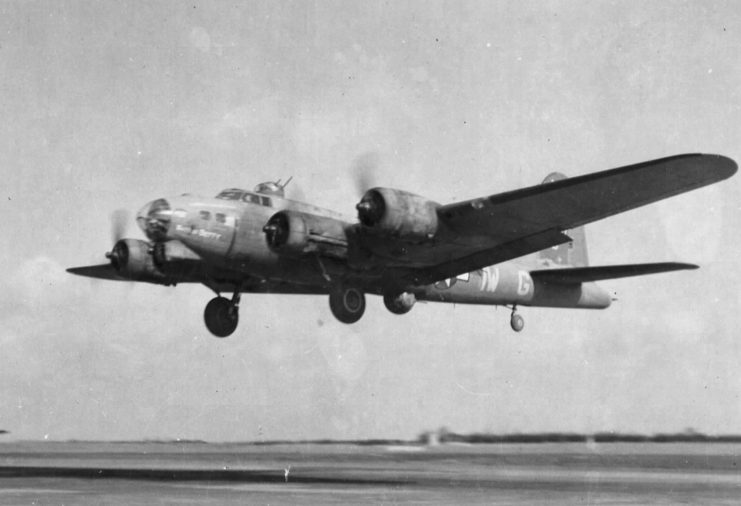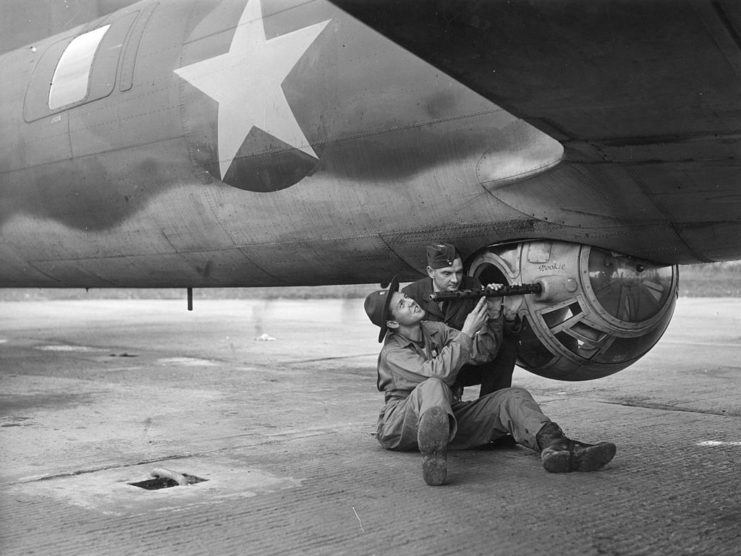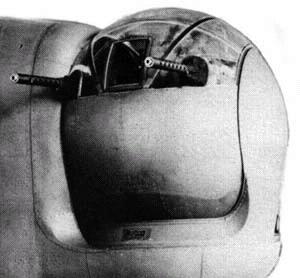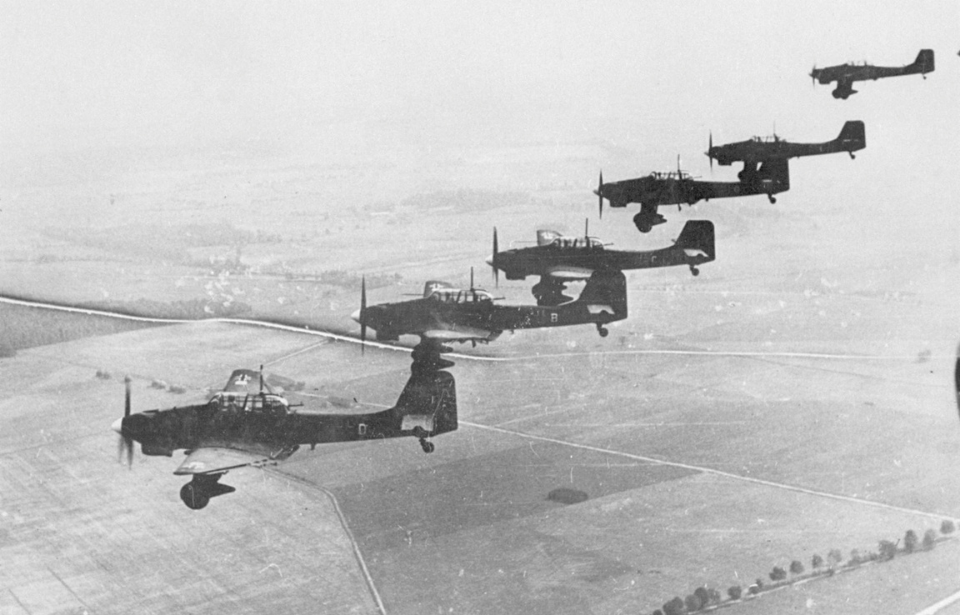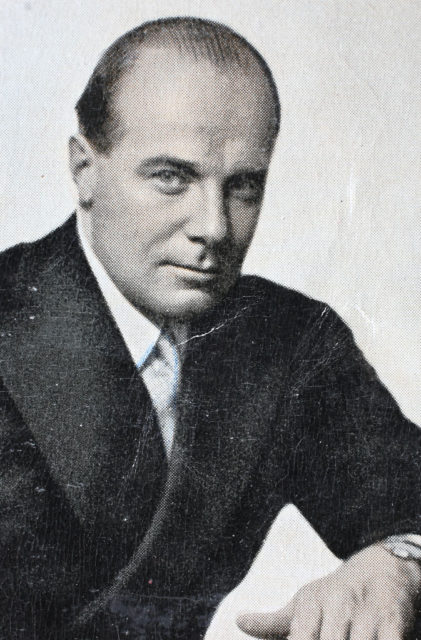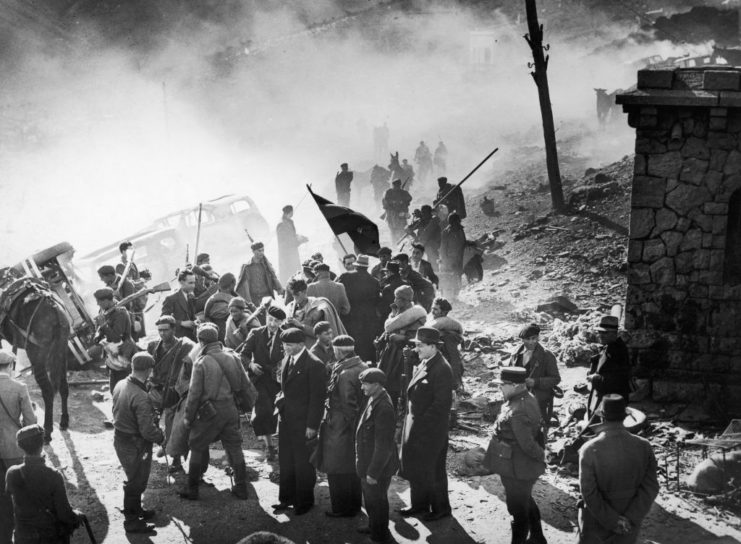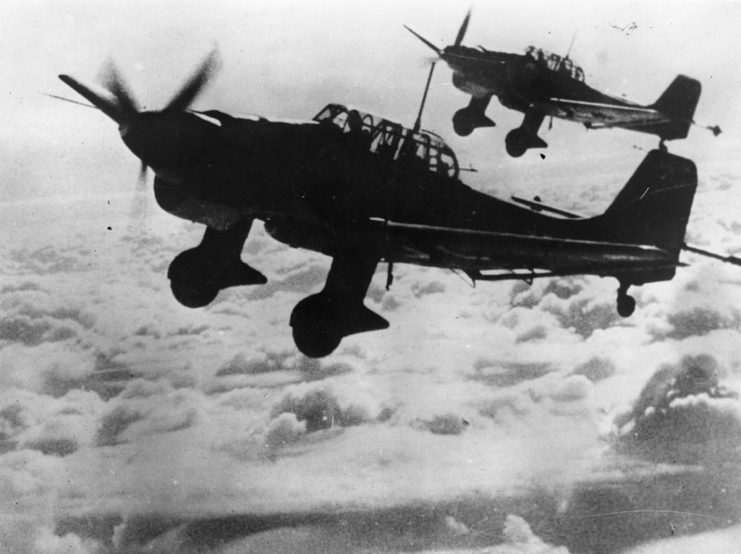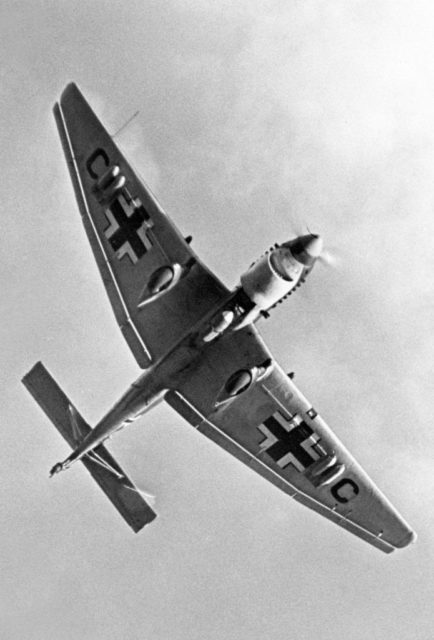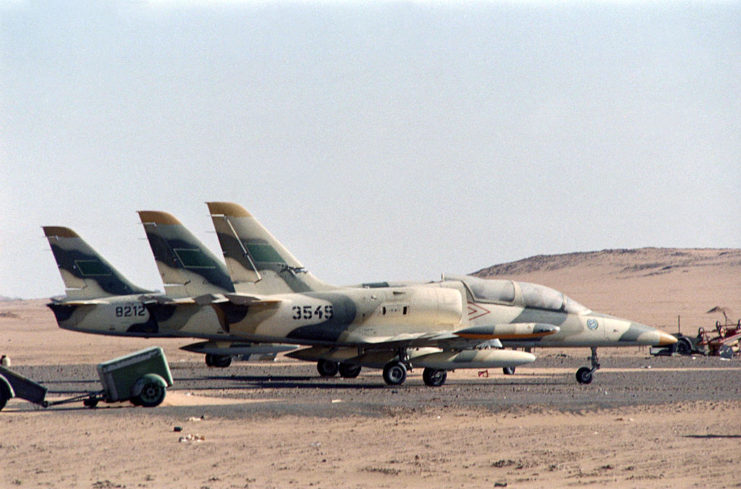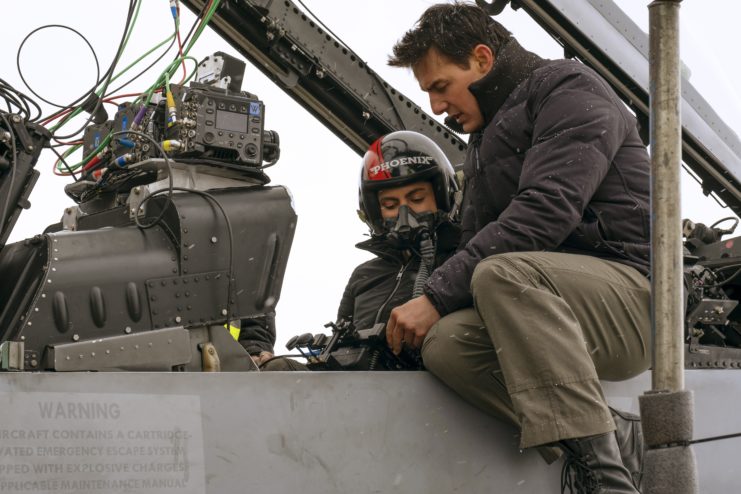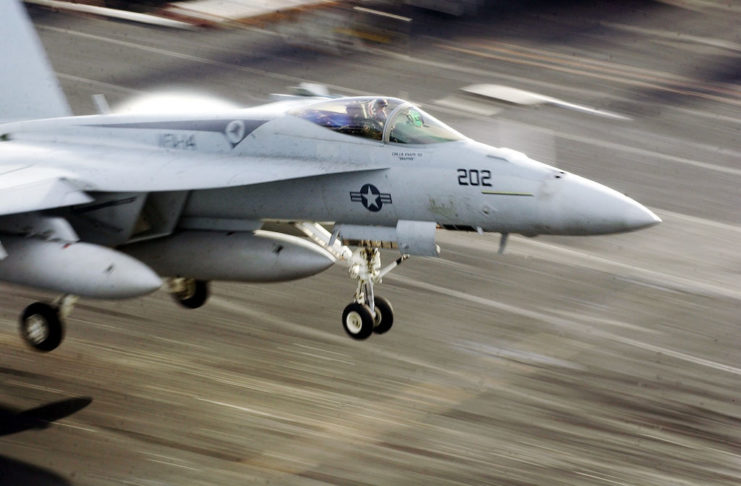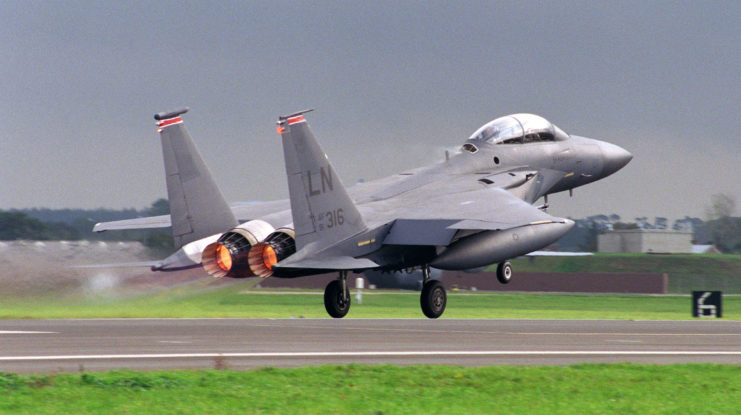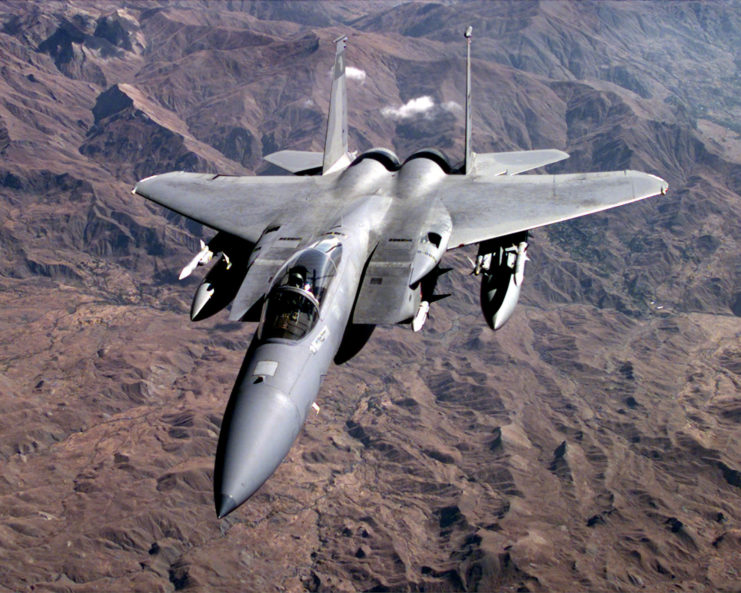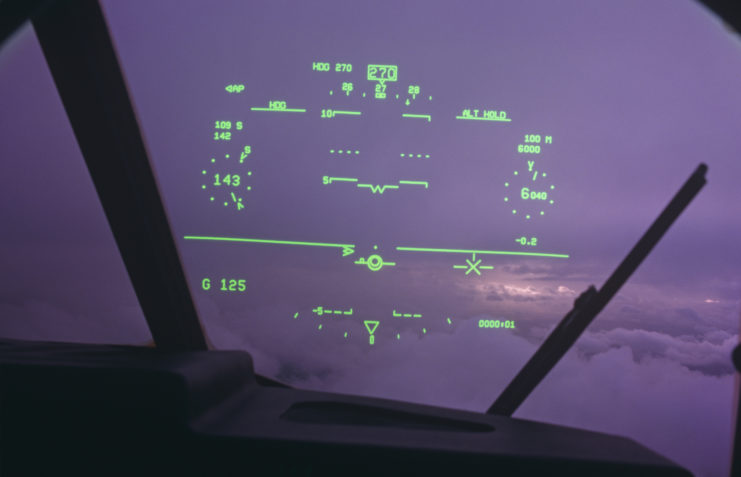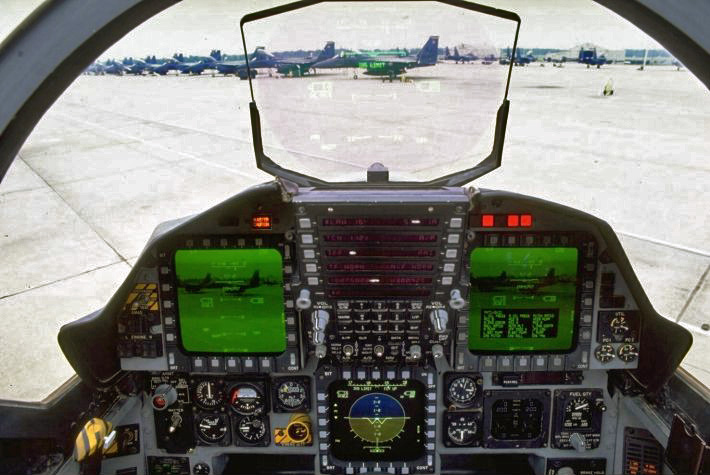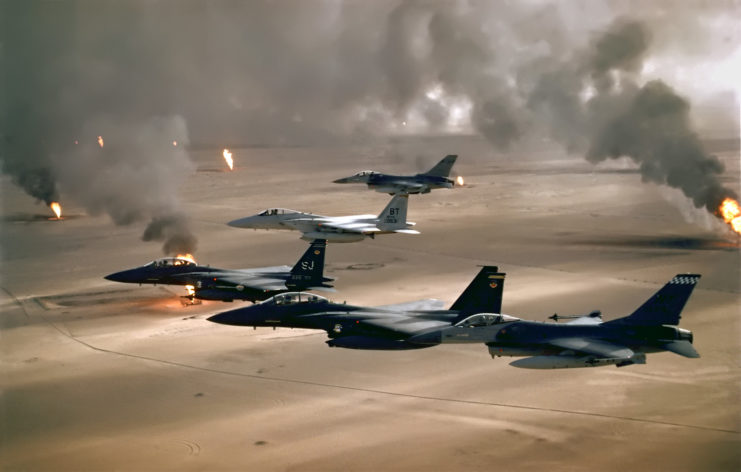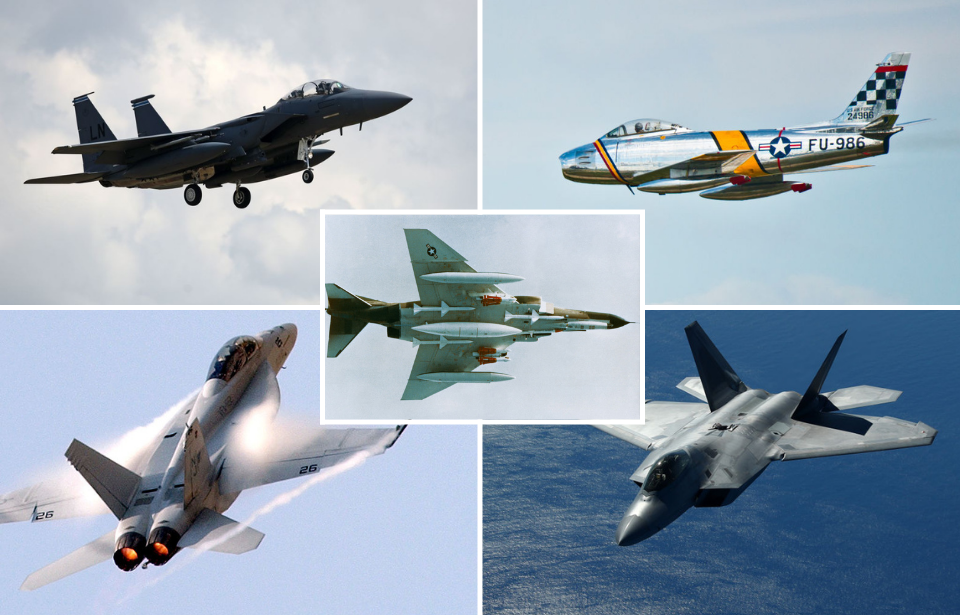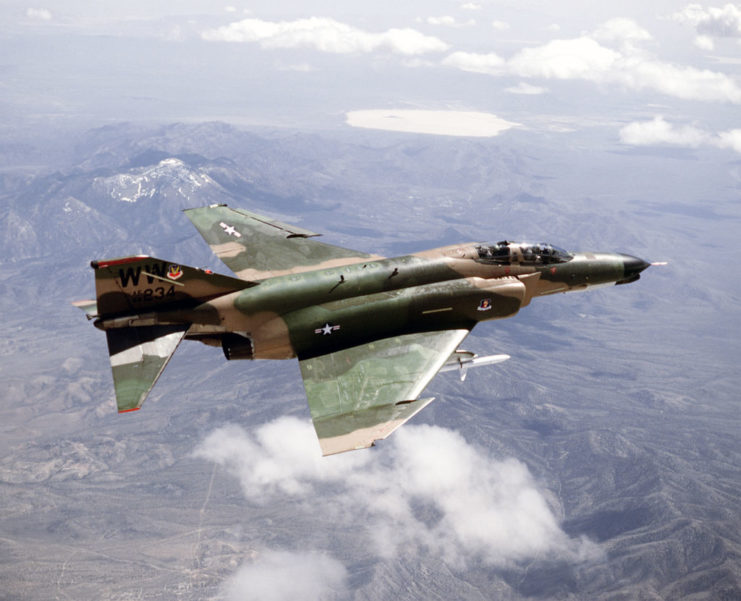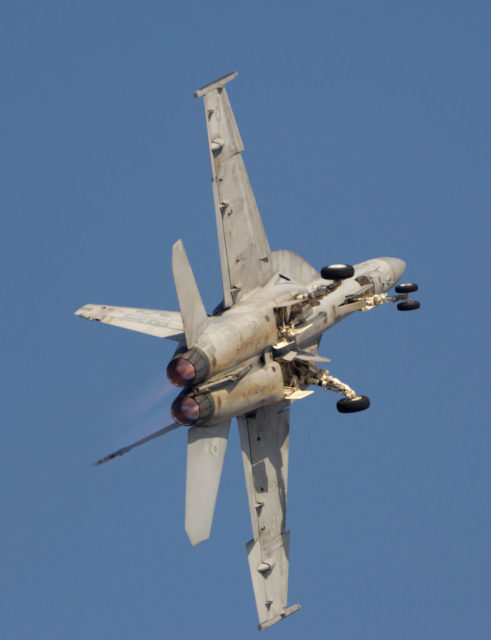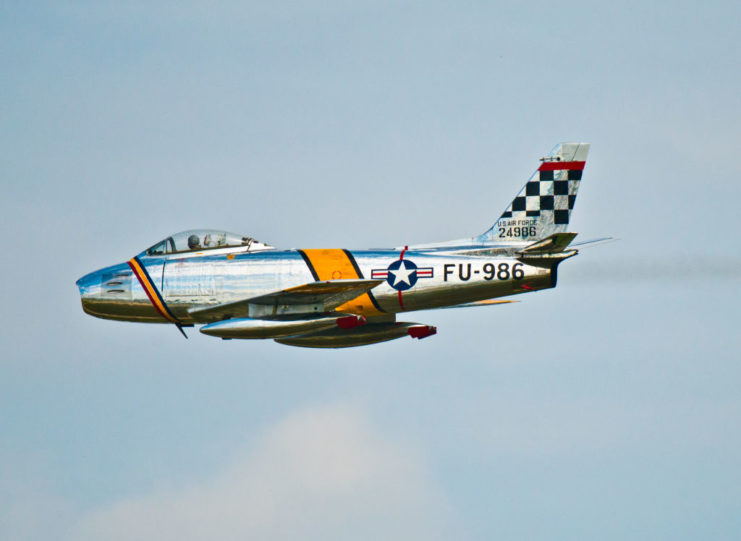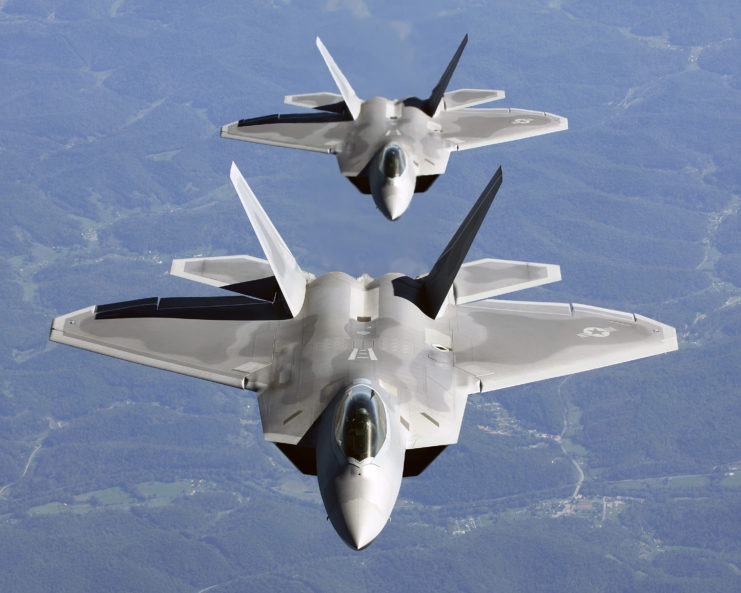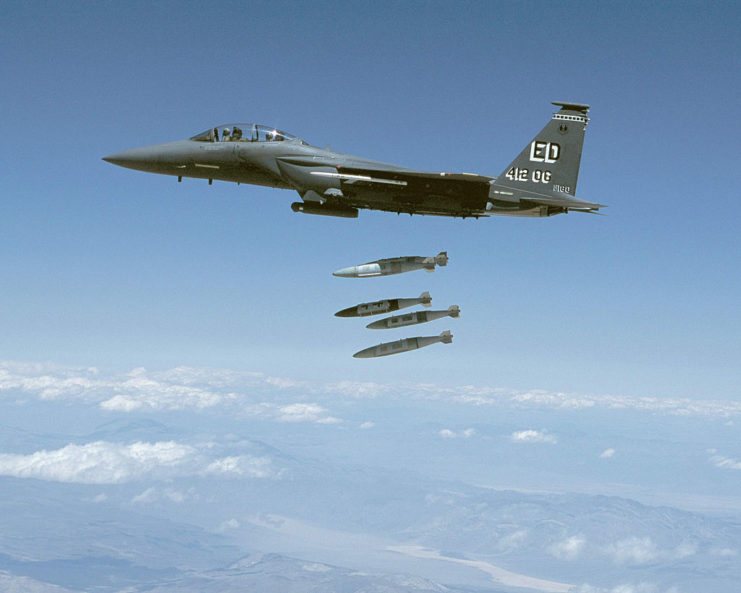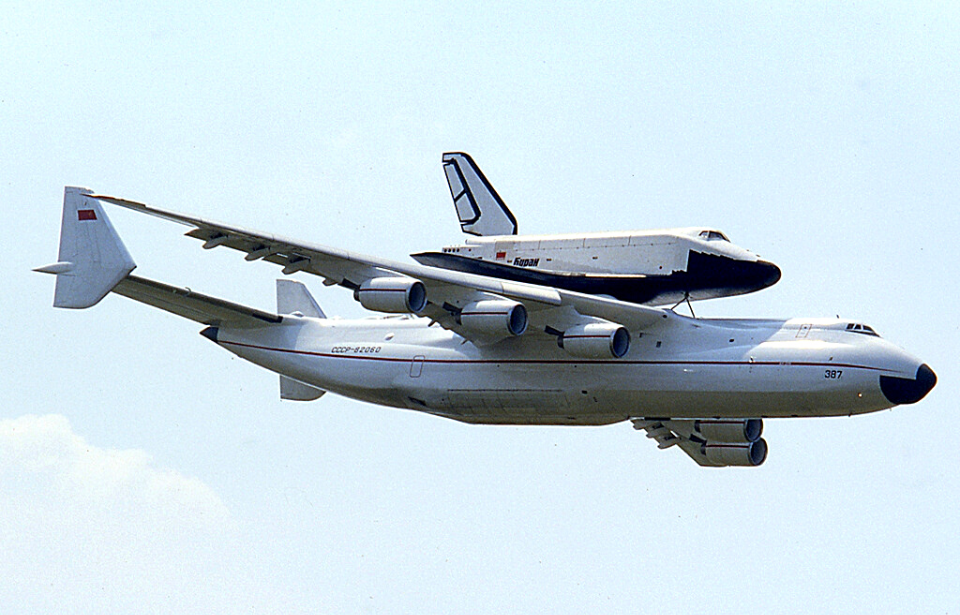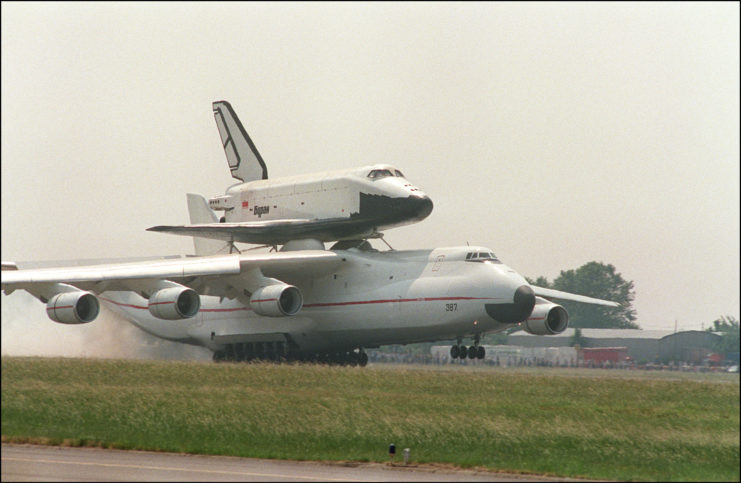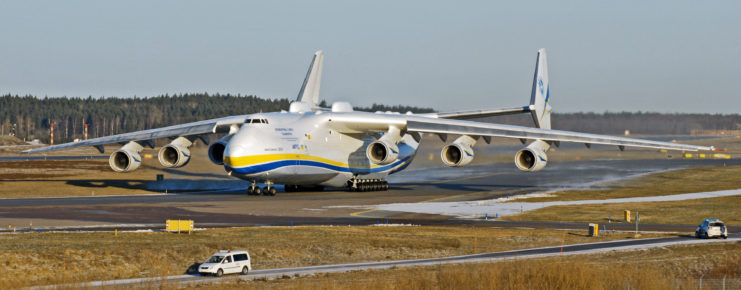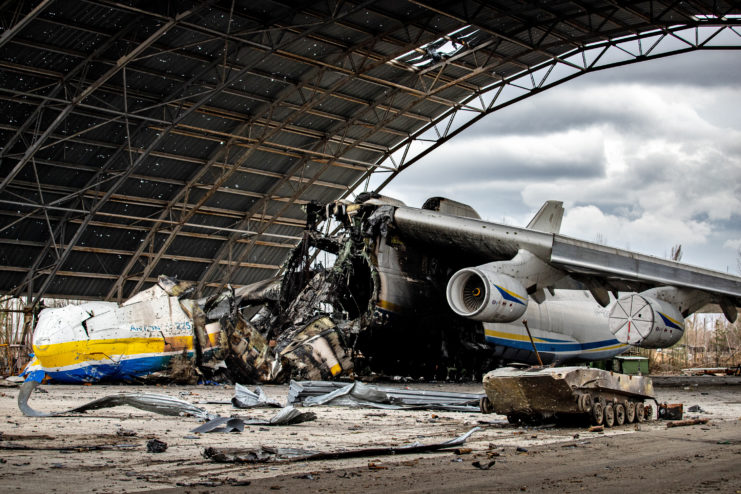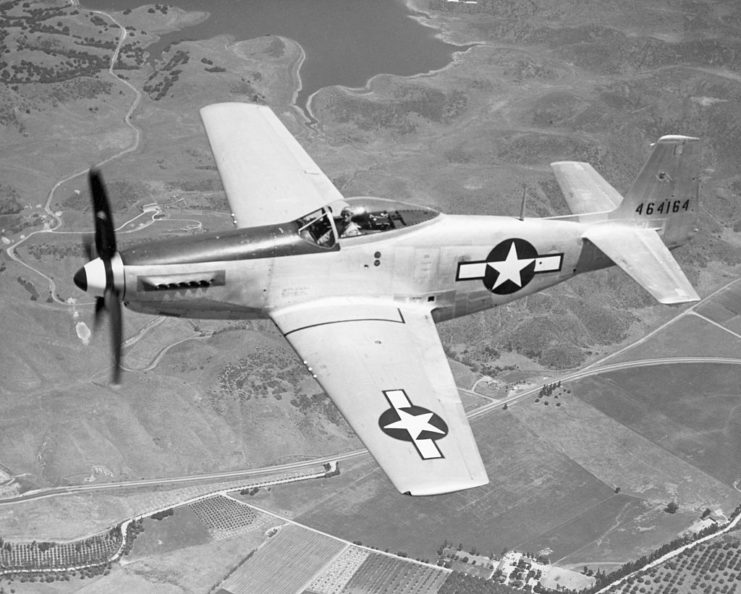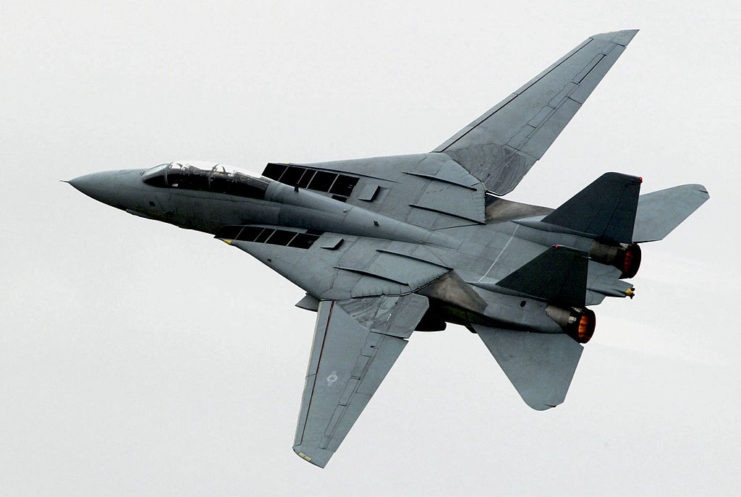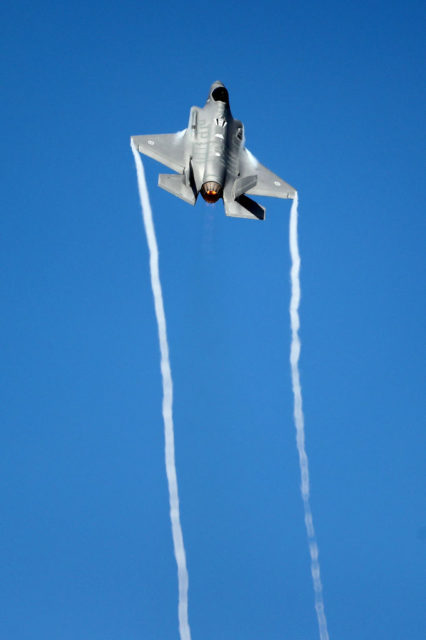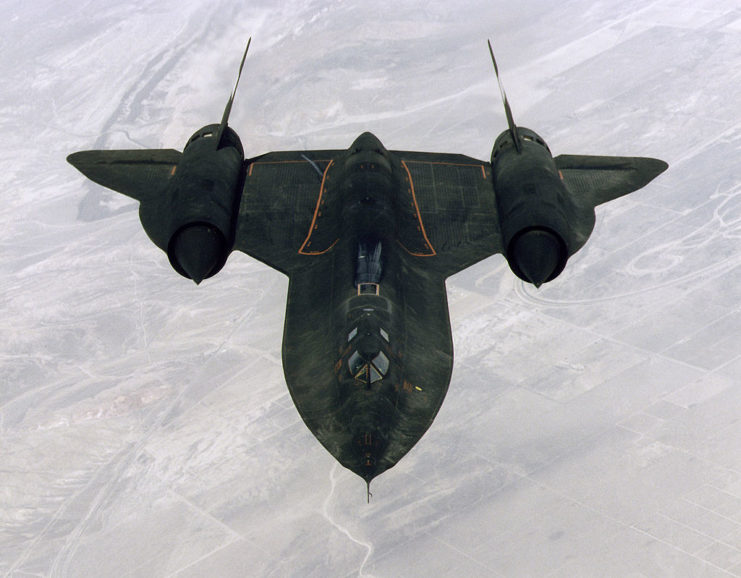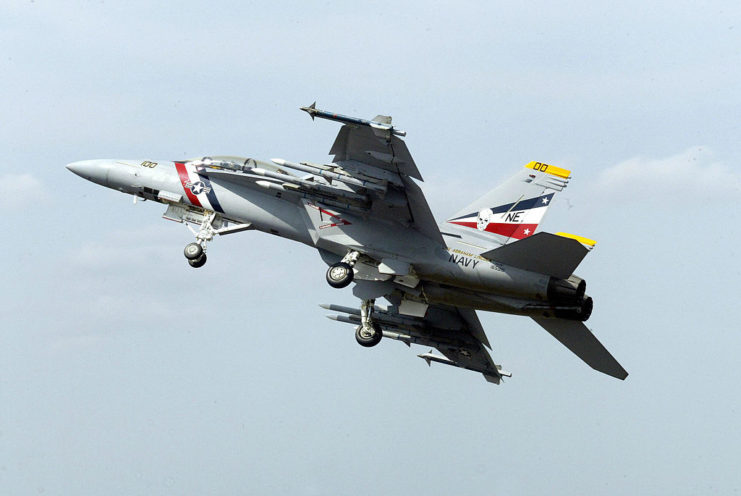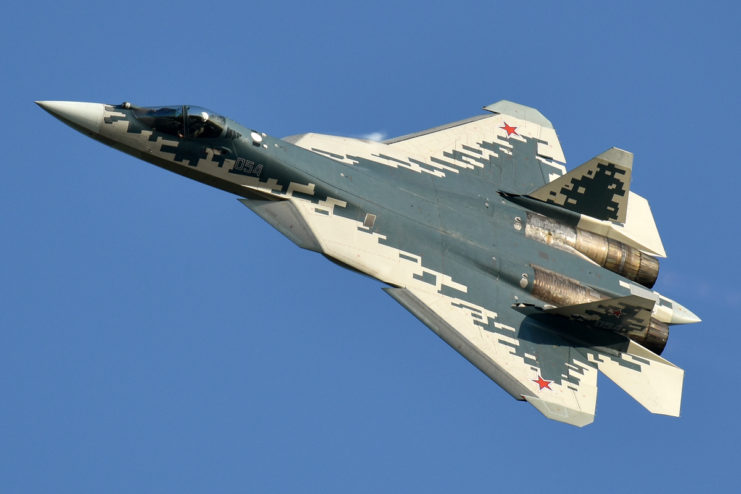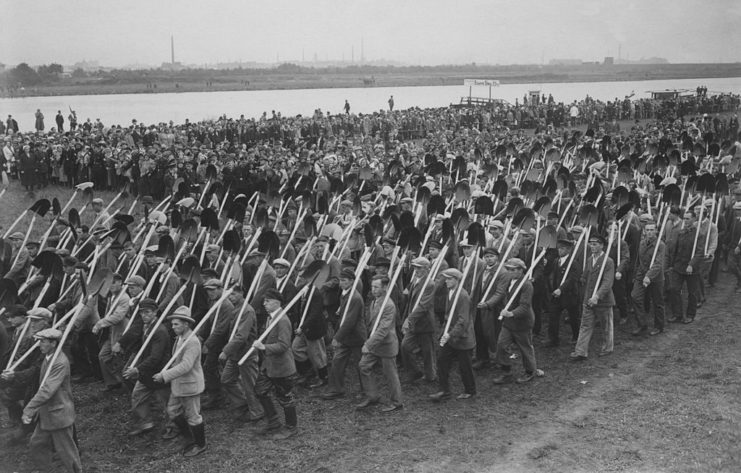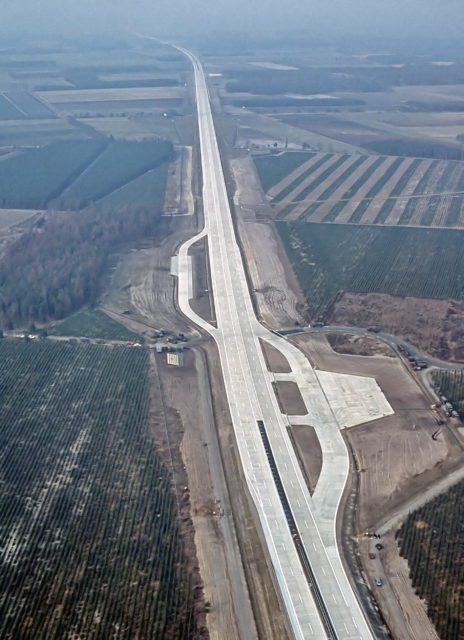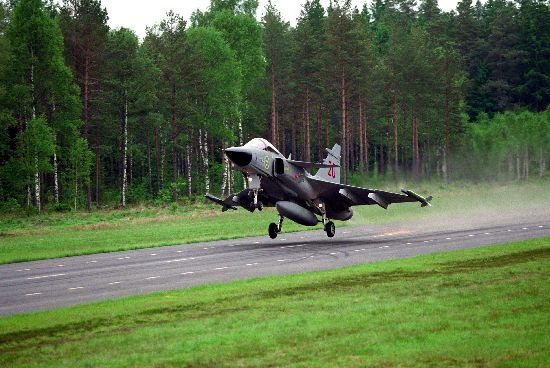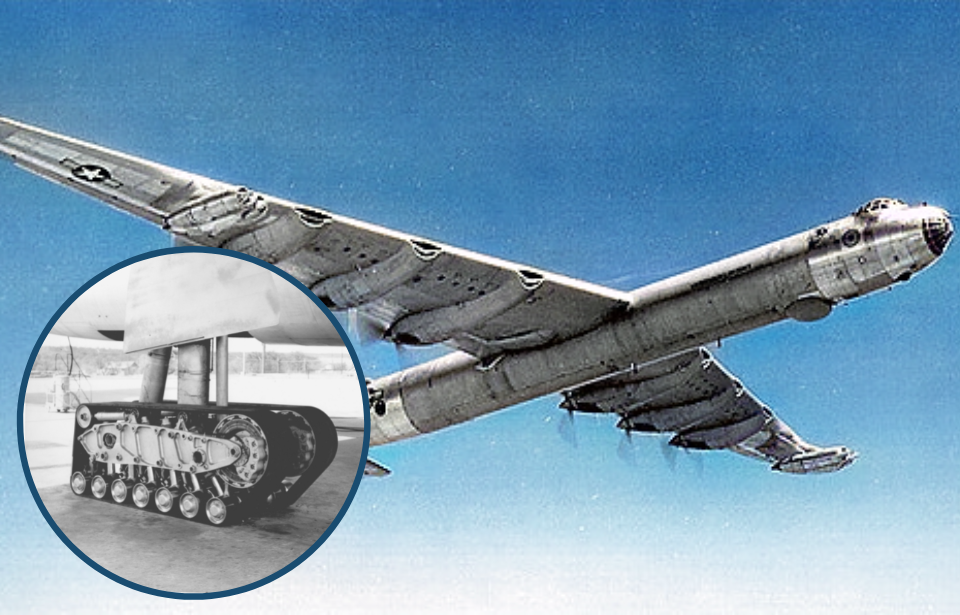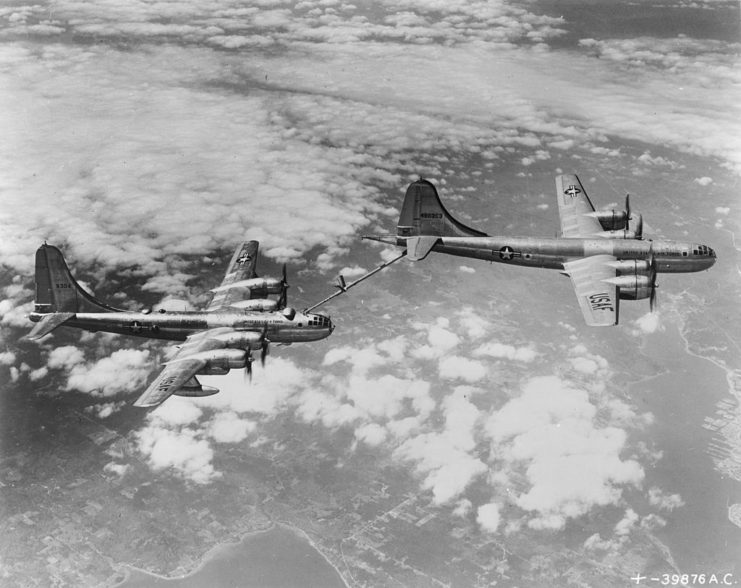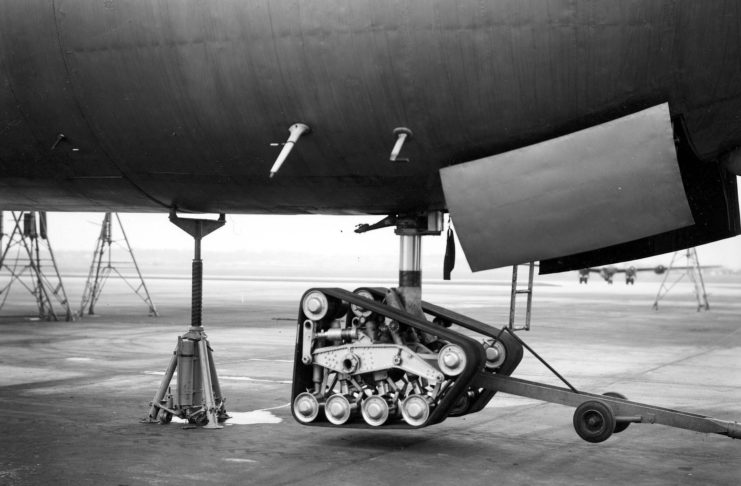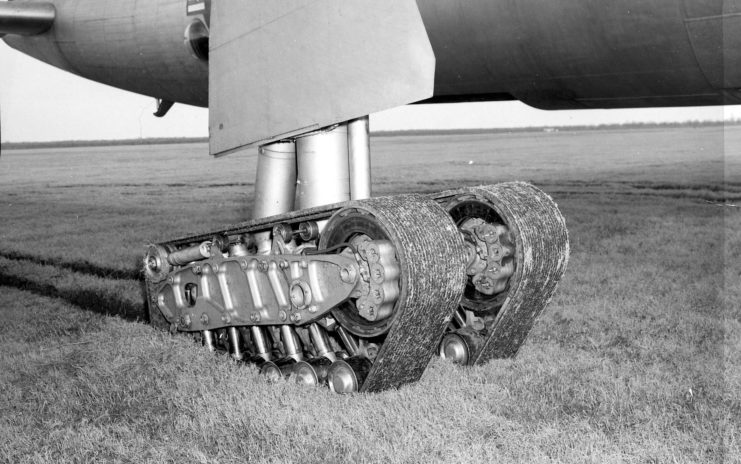The Sukhoi Su-27, nicknamed the “Flanker” by NATO, is a Soviet-made aircraft that has withstood the test of time and continues to perform in almost all aerial warfare operations. The Su-27 was designed in 1969 in direct response to the development of the McDonnell Douglas F-15 Eagle fighter jet, combining sophisticated avionics and high maneuverability.
With constant redesigning, adaptation and modifications, the Su-27 became one of the finest air-superiority platforms of the 20th century and is still in service today.
Early production of the Sukhoi Su-27
When chief designer Mikhail Simonov began work on the Sukhoi Su-27 in 1969, it failed to perform. By 1977, Simonov was close to having the entire project scrapped, with plans to start over. Due to these issues, the aircraft didn’t reach operation regiments until eight years later, and didn’t appear in strength until 1990.
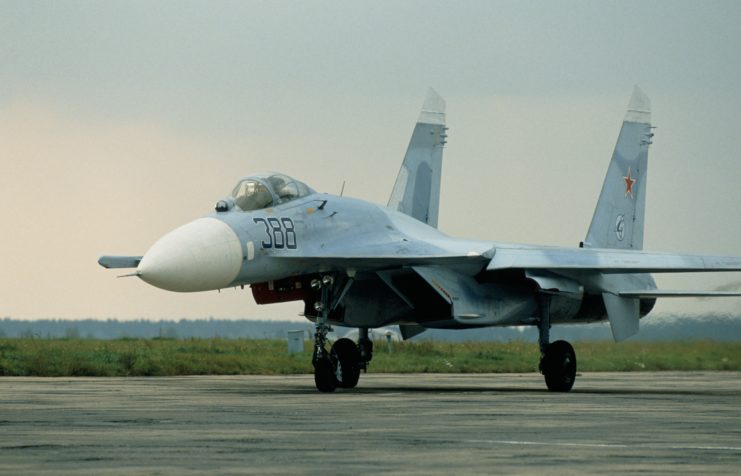
By the time the aircraft was deployed, the Su-27 had become the large long-range interceptor it is today, powered by two turbofan engines. It was designed to be aerodynamically similar to the MiG-29 fighter, with a service ceiling of over 18,000 meters and flight range of more than 1,800 miles. It can also fly at more than twice the speed of sound.
High-Low Mix Air Combat Theory
During combat, the Soviet Union exercised the High-Low Mix Air Combat Theory, which allowed their numerically inferior aircraft to be capable against those that were numerically superior. By using a large number of lower performance aircraft alongside a smaller number of high-end jets, the USSR became a powerful force in the sky.
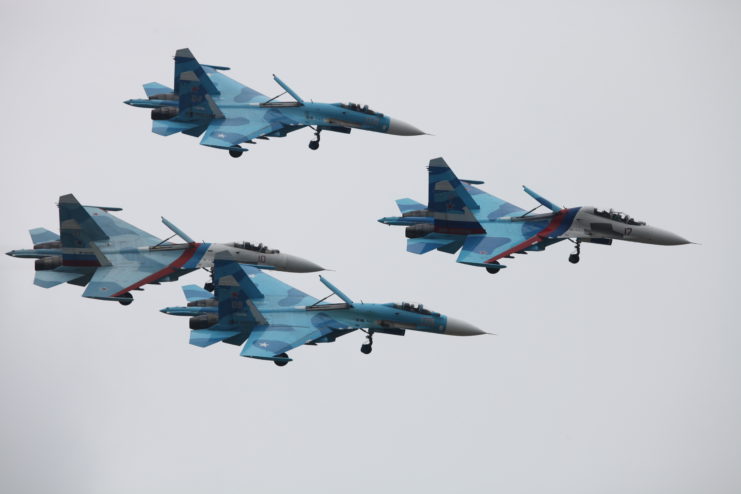
The performance of the Sukhoi Su-27 allowed it to go beyond its intended use as a long-range superiority fighter and be employed as an escort fighter for the Tupolev Tu-160, Tupolev Tu-22M and Tupolev Tu-95. Its success in the Soviet Air Forces is reflected in its continued use by Russia today.
Pugachev’s Cobra
Considering the size of the Sukhoi Su-27, the aircraft was extremely agile, with super maneuverability. This was proven at the 1989 Paris Air Show, where pilot Viktor Pugachev completed an impressive and dramatic aerobatic maneuver named “Pugachev’s Cobra”

The maneuver is executed when an aircraft, flying at a low-to-moderate speed, raises its nose into a vertical position, acting as an airbrake, rapidly decelerates and drops back to its normal flight position. It remains at a relatively constant altitude throughout the move using potent engine thrust.
Continued upgrades to the Sukhoi Su-27
Stealth is king for military aircraft. The Sukhoi Su-27 is not particularly stealthy and definitely struggles against jets that are – or have – robust anti-aircraft capabilities. However, the Su-27 has received considerable upgrades that make it a worthy opponent against militaries that lack robust air defences.
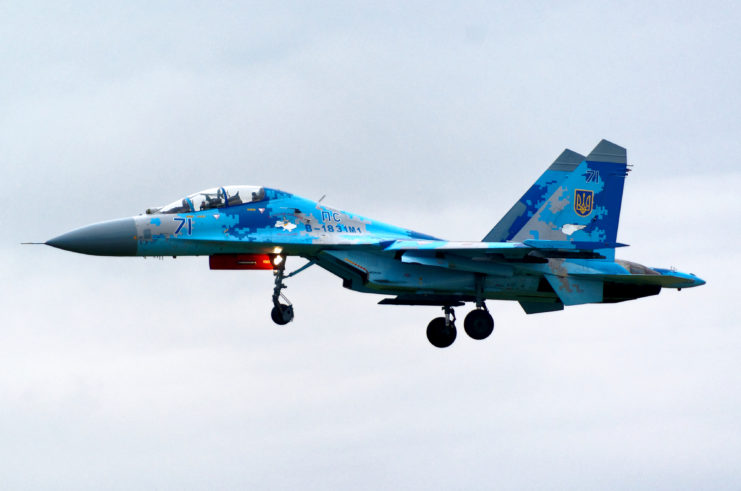
Some of the more notable upgrades can be found in the Su-27M variant, which was delivered to the Russian Air Force in 2003. It boasts an improved fuselage for extra weapon payload, N001 radar, improved avionics and a glass cockpit with tricolor multi-function displays.
Actively flying within former Warsaw Pact countries, the Middle East, Latin America and Africa, it doesn’t look like the Su-27 will be retired from service anytime soon.
